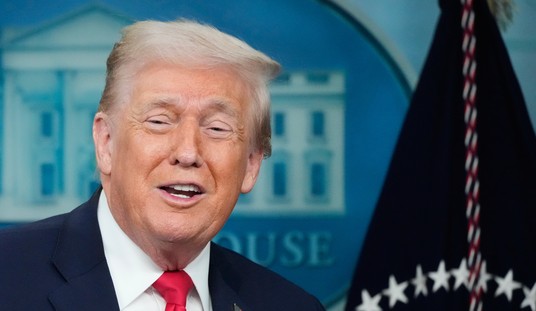This report from the Telegraph is not based on an official statement about the origin of COVID. In fact, it’s really just the observation of one person about what is going on within the UK government. The backstory here is that the government has asked for input on a new “biosecurity strategy” that is still in the draft stage. Hamish de-Bretton Gordon is a biosecurity expert who has provided information for that new strategy. He believes a lab leak is the most likely explanation for COVID’s origin and claims, behind the scenes, other officials are coming around to his view even if they’re still hesitant to say so publicly.
He said: “I think the official view [within Government] is that it is as likely as anything else to have caused the pandemic. A lot of people like myself think it is more likely. I think attitudes have changed a little bit. The zoonotic transfer theory just didn’t make sense.
“There is a huge amount of concern about coming out publicly, but behind closed doors most people think it’s a lab leak. And they are coming round to the fact that even if they don’t agree with that, they must accept it’s likely, and they must make sure the policies are in place to stop it.”…
“My big concern is that next time it might not be an accident, because it’s easy to do. If you had no morals and no scruples, why not infect your enemy?”
The Telegraph also references a story published earlier this month which seems to provide some support for the lab leak theory, at least potentially. It was a discovery that came about by accident when scientists from the University of Veterinary Medicine and Lorand University in Budapest, Hungaryin Hungary sent soil samples previously collected in Antarctica to a Chines lab to have them sequenced:
The samples were sent to Sangon Biotech in Shanghai for sequencing in Dec 2019, where they became contaminated with a previously unknown variant of Covid-19.
The variant has mutations that bridge the gap between bat coronavirus and the earliest Wuhan strain, so it may be an ancestral version of the virus.
The samples also contain DNA from hamsters and monkeys, suggesting that the early virus may have been grown in animal cell lines.
Matt Ridley, an Oxford trained zoologist who believes the lab leak theory is a possibility, said of the animal DNA found in the sample, “These are not from seals or penguins but from African green monkeys and Chinese hamsters. Both species are the source of commonly used laboratory cell lines.”
The wrinkle in this story is that the Hungarian researchers don’t know exactly when the samples were sequenced by the Chinese lab. They were sent there in December 2019 so if the samples were sequenced right away that would have been before the first recognized cases of COVID. And that would suggest this was a likely ancestor of COVID. However, it’s also possible the samples weren’t sequenced until January 2020 in which case COVID was already spreading in Wuhan and the animal DNA could be part of some early efforts to study COVID-19.
The Telegraph contacted Sangon Biotech for a statement but didn’t get a response.








Join the conversation as a VIP Member